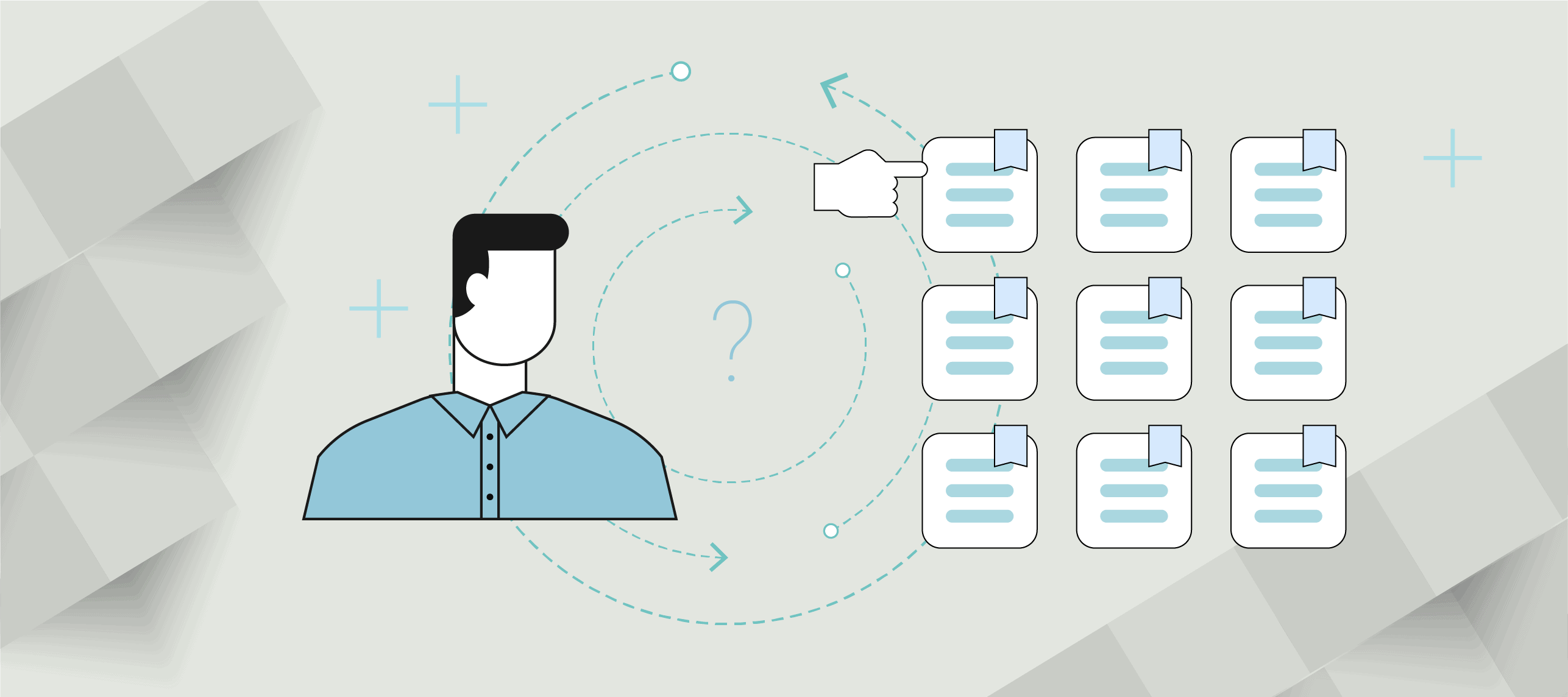Shifting your organization from company-centered (marketing and selling) to customer-centric (supporting the customers’ buying process) makes perfect sense.
Your customers are driving the buying process. They are in charge of the interaction. They know what they want and how they want to buy it. They hold all the cards. They can walk away at any moment.

If what you say and do supports the way they want to buy, they will stick with you through the process. You will make the sale. If you don’t support their process, they will simply take their money elsewhere.
Making the shift from company-centered to customer-centric is a journey.
After you make the shift, you won’t be marketing and selling anymore. You’ll be supporting the customers’ buying process, systematically removing barriers to the sale and selling more.
The Work Ahead
You can’t make the shift from company-centered to customer-centric without interviewing your customers. But there is more to it than just finding out what they want to buy from you and how they want to buy it.
You have to analyze that knowledge, turn it into an action plan and get everyone in your company involved. If you don’t, you won’t really be making the shift. You’ll still be marketing and selling, while trying to make the shift. You’ll still have all the same problems, plus the complication of everyone thinking, “The Boss wants us to do this shift thing, but I’m not clear what I should do, and I have a deadline to meet right now.” You’ll be confusing matters instead of bringing new clarity to your revenue-generating activities.
The entire roadmap to revenue process includes three basic steps.
Step 1: Discover What Will Generate Revenue
Find out what they want and how they want to go about buying it.
You will interview customers to find out what they need and how they want to buy. During the interviews, customers will also give you additional critical information, such as their perceptions of your company, products, services and website; trends they see; how they’re using technology to make purchases; and what they think of your competition.
The information gathered in the initial interviews will be turned into two reports: a conversation report and a summary/recommendations report. The conversation report will contain the customers’ comments, categorized by subject. The summary/recommendations report will contain summaries of what your customers said and recommendations on how the company can solve the problems raised by customers.
These reports will reveal what is broken and what is working. You will know what customers want to buy from you, how they want to buy and which aspects of your product or service they find most appealing.
It is never what you assume; customers will say things that surprise you and make you realize you’ve been moving in the wrong direction in some areas of your business.
Step 2: Debate the Research
Resolve the differences between what they want versus what you have to sell, and how they buy versus how you sell.
Once your brain trust has read these reports, it’s time to hold a brainstorming and planning meeting. On the first day, you will:
- Analyze, discuss and prioritize what customers have said. The findings of your customer research will be presented to the people in the room (usually consisting of top management, sales, marketing, product management and web folks). List the issues most important to customers and all of the other issues, trends, perceptions, needs and buying-process data uncovered in the interviews. Everyone in the room will now be aware of what customers want, the problems that need to be solved, your strengths and weaknesses, and barriers to the sale.
- Agree on the essence of your promise to customers. Customers are attracted to companies and their products or services because they expect to find a solution there. Promises are made by the company, to the customer, about the company and its products. The customer expects those promises to be kept. This is where you will identify and articulate the promises customers want you to keep—and ones that you can keep.
Step 3: Deploy Your Revenue Plan
Document your customers’ buying process so you can support them every step of the way, then build an action plan.
On the second day of your brainstorming and planning meeting, you will:
- Build a buying-process roadmap. Using the information gathered in interviews, and the experience of your salespeople, marketing people and web people, you will build a buying-process roadmap for each of your products and services. The roadmaps will show the different stages of the customers’ buying process. For each stage, you will list who is involved in the buying decision, the concerns they have and the actions they take, as well as the tools you will use to address those concerns, answer their questions and make it easy for them to take the next step. The buying-process roadmap will align your sales, marketing and web teams. Everyone in the room will understand their role in supporting your customers’ buying process.
- Build your revenue-growth action plan. You’ll want to fix what is broken and improve what needs improving. You will create a master to-do list. Each item on the list will have a description of the issue, the recommended solution, the steps involved, the owner, the due date and the status.
As you go forward, with the buying-process roadmap as your guide, you will build, implement and then fine-tune your lead-acquisition and lead-conversion activities. You will institute methods for obtaining customer needs and preferences data. After the initial meeting, you’ll have weekly meetings where everyone can report on their progress (or completion). If anything is falling behind schedule, you’ll figure out how to get it moving again. The action plan must include the processes and systems for continuing to interview customers and gather data from customers when they interact with your customer-facing people. Processes must then be set up so the data leads to action.
The revenue-killing momentum caused by insider mentality is like a boulder that must be pushed up a hill. Stop pushing, and it will roll over you. Over time, as you make the shift from a company-centered mentality to a customer-centric mentality, the boulder will decrease in size. Don’t be surprised if it takes a year for the shift to take place. Don’t relax even then. There will always be negative forces at work trying to separate you from your customers’ realities. You can’t afford for that to happen. Customer realities drive your revenue.
Of course, even the small, immediate changes you start to make will make it easier for people to find you, understand what you are selling and buy from you—even before you have fully instituted the shift. Their questions will be answered in a way that satisfies them and takes them comfortably to the next step in their buying process. One by one, their concerns will be addressed and eliminated, and they will gladly make a purchase.
The initial, incremental changes in the way you market and sell will move your revenue needle in the positive direction.
Author
-

Kristin Zhivago, a seasoned revenue coach with 45 years of expertise, has left an indelible mark on Silicon Valley's tech landscape. With a career spanning Zhivago Management Partners, Cloud Potential LLC, and Cloud Wise Academy, she excels in guiding CEOs and entrepreneurs to navigate the complex journey of business growth. For questions or inquiries, please contact [email protected].
View all posts








